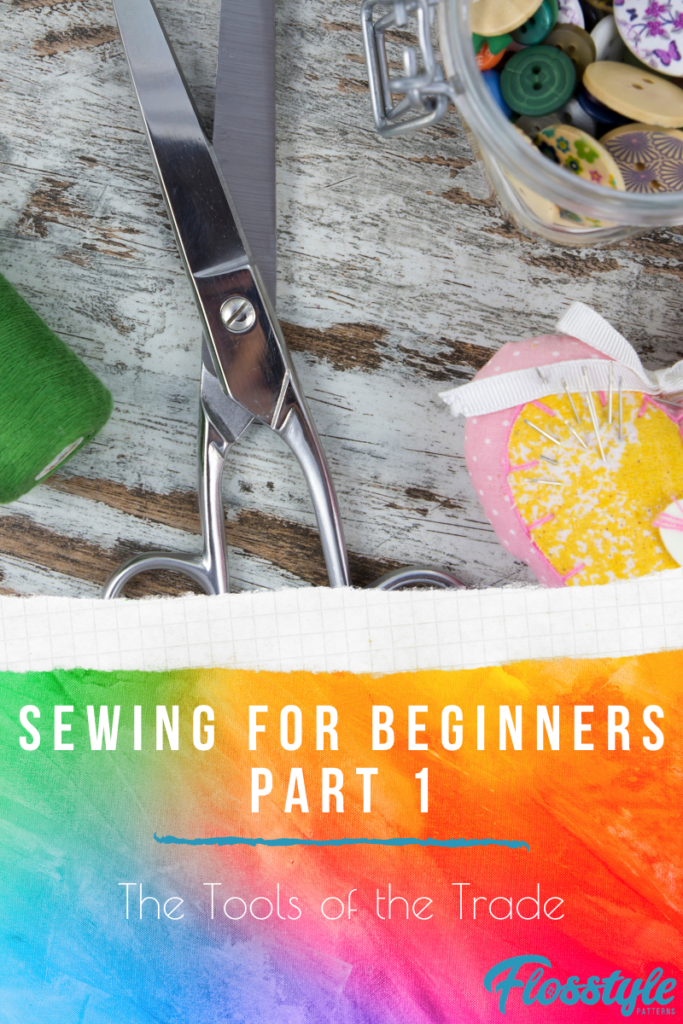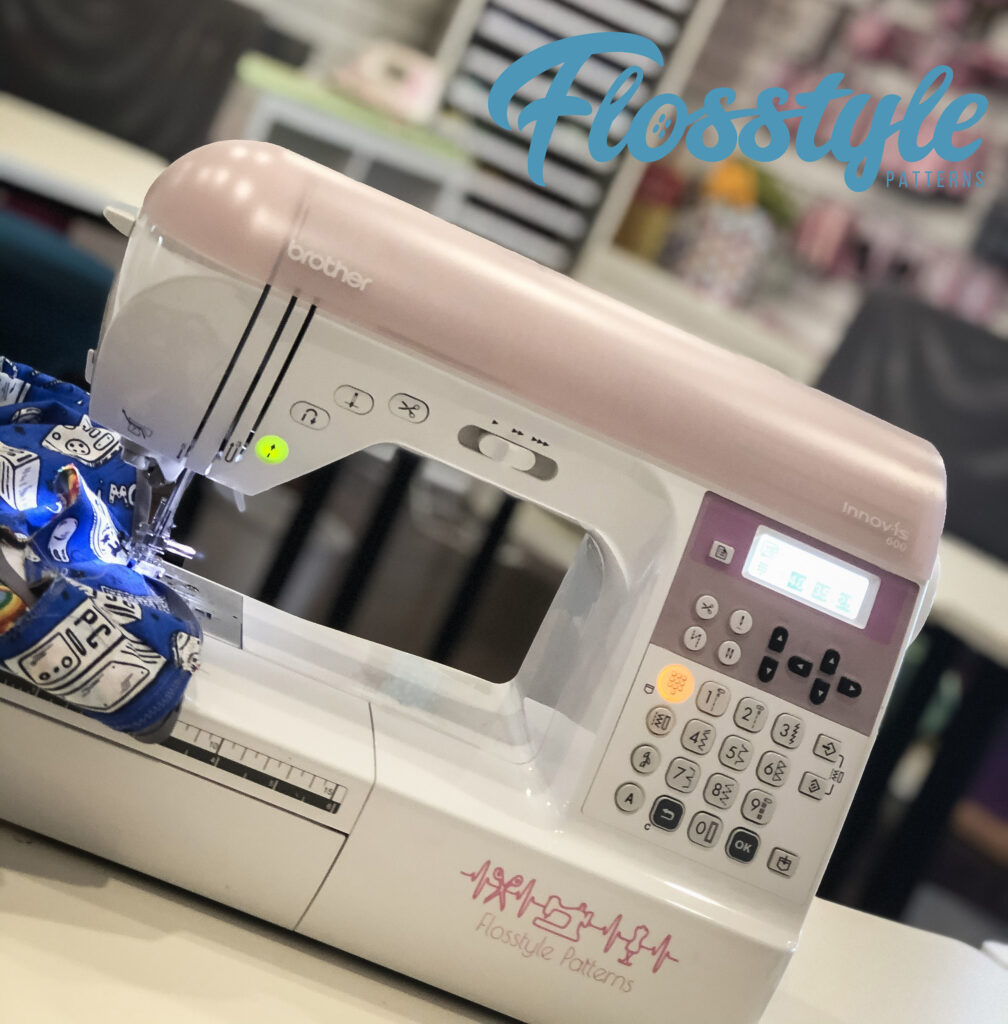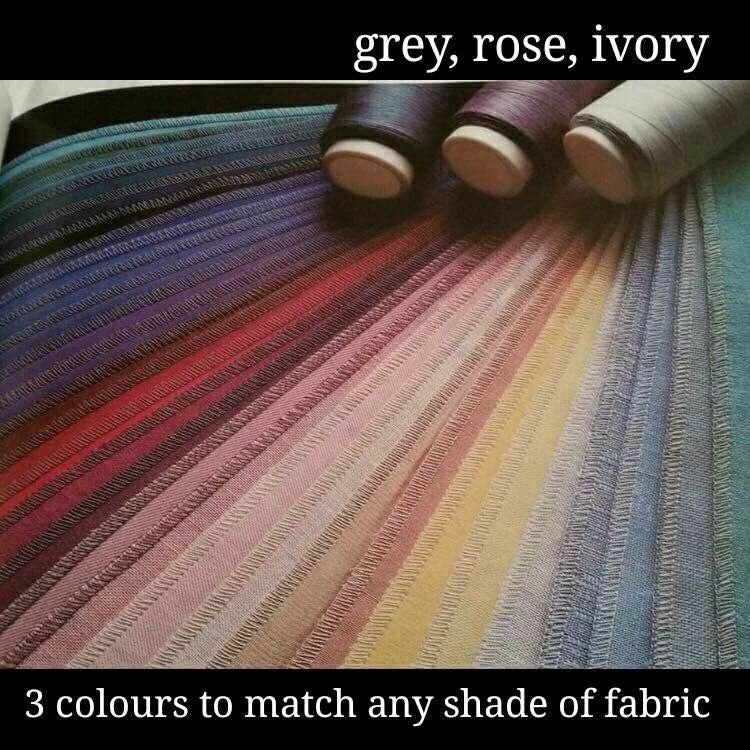PDF patterns are a godsend for sewers. They allow you to print out a sewing pattern and use it to sew a project all within a short span of time. They may seem complicated and difficult to prepare at first, but this blog post will outline why they are a must have in your sewing process.
A little bit about PDF patterns
A PDF pattern isn’t as out there as you may think, they are, put simply, just a digital version of a printed pattern. You can find PDF patterns online on any sewing website (or similar). They are downloadable and you can save them on to your computer and print them off on regular printing paper using your household printer. If it is a large print, all you need to do is sticky tape them together! This means that through using PDF patterns you will be able to find a pattern you love and begin working on it the exact same day. This saves you from the days of waiting to get a printed pattern.
Why are PDF patterns so great?
Instant sewing
The main benefit to PDF patterns for most sewers is the fact that they can begin sewing as soon as they find a pattern they like. This also saves money as there are many free downloadable PDF patterns and shipping is no longer a cost that you need to factor in. This way, people like us can hold on to that excitement we feel when we find the perfect pattern. This will allow for the initial excitement to last all the way up to the commencement of sewing!
Accessibility
Using a PDF pattern will also mean that you will be able to find, and use, unique patterns from all around the world. There are so many small stores on the internet who sell great PDF patterns that you wouldn’t be able to find anywhere else. This will mean that you will be able to sew unique designs without the fear of running into someone with the same piece whilst being proud of the individuality of your creation. Small stores are also great at producing patterns which cater for a range of different body shapes and sizes, meaning that you will be able to create a well fitting piece without having to make your own adjustments. Overall, the accessibility of PDF patterns brings so many great benefits that will allow you to create your perfect piece.
How to use a PDF sewing pattern
Downloading the pattern
The first thing you need to do when using a PDF pattern is to find one that you love. PDF patterns are all over the internet so spend time browsing to find one you really love. Once you’ve done this, purchase the pattern and download it as a PDF file on your computer. Once you have downloaded your pattern, you will have to locate the file to use it. You will be able to find it in the recent downloads section of your computer.
Printing the pattern
Once you have opened your file, you then have to print out your pattern. All this requires is printing out the sheets you have downloaded with your home printer (if you have one). When printing, you must ensure that the scale is set to 100% so the pattern is printed ‘to scale.’ If you don’t have a home printer, you can take these PDFs on a USB to a printing store such as Office-works and receive your pattern like this. The PDF pattern will be spread out over many different sheets, which, when printed can be put together and combined to create a large pattern.
Assembling the pattern
Most PDF patterns will have margins on each side of the PDF. In order to properly assemble the pattern, you must trim off the edges of each page. To save time, you can invest in a cutter which quickly cuts straight lines across pages, some will even allow you to cut through multiple pages at a time which is super handy!
Once you have trimmed the pattern pages down, you can start to assemble the pattern. The best thing to do is lay out the pattern flat first through discovering which pages fit next to one another. Patterns are generally number or letter coordinated, allowing you to easily locate the pages which fit next to one another. Once you have the pages properly laid out, tape or glue the pages together to ensure that they are being held in place properly.
The final step to assembly is to wait until the glue is dried (if you used glue) and cut out all of the pieces, just as you would for any other pattern.
The final step: sewing
Once all of the pieces have been cut out and assembled, the final step is to begin your sewing.. the most exciting part! There is nothing complex about this step if you’re a regular sewer, you treat these PDF patterns as any other pattern.
Trying out PDF patterns is essential for every sewer. Here at Flosstyle, we deem PDF patterns to be life-changing. Not only do they come with so many benefits, but they are also so easy to use. Trust us when we tell you, PDF sewing patterns will undoubtedly change your life. Make sure to give PDF patterns a go, and let us know how you feel about them!
Happy sewing!
Olivia B




